On orchids, a tick can appear when grown at home and in the natural environment. With the naked eye, colonies are visible only when they are significantly common. Scientists have calculated that under favorable conditions for the development of the spider, it can breed in the amount of 20 generations per season. From the moment the first larva is postponed until the spider reaches puberty, it takes about 3 weeks, and if the climate is more favorable, then much faster.
Content
What does a spider mite look like and what is it dangerous?
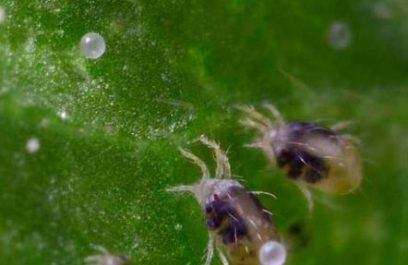
You can get rid of the spider mite on orchids only by knowing how it looks. This insect has:
- an oval body 0.3-0.5 mm in size;
- color from red to green, but chitinous cover can change color depending on what is used as food;
- 4 pairs of legs, provided that the individual is adult;
- life expectancy of 5 weeks;
- 3 pairs of legs in small individuals;
- small area of movement.
Throughout its life, the insect creates the thinnest global cobwebs that entangle foliage, stems and even a bud. If you do not start treatment, then rapid reproduction will destroy the plant.
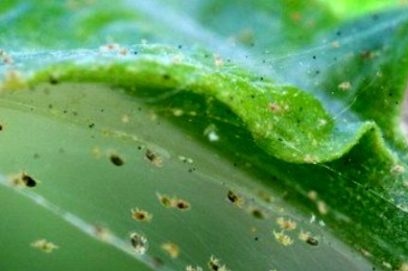
Get rid of the spider mite on orchid need as fast as possible. The main threat is that the pest:
- actively reproduces;
- has a high appetite;
- able to spread to neighboring plants;
- hiding under the surface of the ground;
- lays larvae in fallen leaves.
How quickly a plant dies without assistance depends on the degree of spread of ticks on the stems. Common consequences are:
- a sharp decrease in photosynthesis;
- weakness of the stem.
Due to the fact that an exotic beauty is affected by such insects, this reduces immunity, which increases the likelihood of a bacterial or viral infection.
Appearance conditions and signs of damage
In phalaenopsis, the root tick will multiply rapidly when:
- dry air
- high temperature;
- provided that the plant has a weakened immune system.
Experts have found that the spider feels comfortable with:
- temperature at + 28 + 32С;
- humidity less than 50%.
Ticks with a flat body can develop in closed ground throughout the year, and they do not require special conditions. High humidity can only slow down the conversion of a small individual to an adult, but this process is inevitable.
Ticks on the orchid range to feed on the juices of the flower. This occurs by piercing the surface of foliage or stems through which the pest introduces a substance that can destroy the cell membrane. This contributes to the acceleration of juice removal and its exit through the affected area, through which the spider feeds.
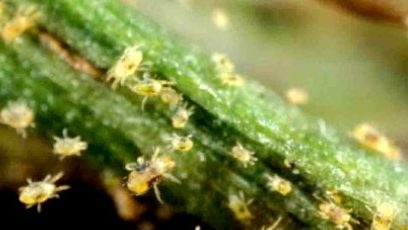
Air penetrates through the hole made into the structure, and this leads to the transformation of green foliage into silver, it is covered with cobwebs. Soon leaves will turn yellowand the affected areas will quickly spread throughout the plant, which will cause them to fall.
In some cases, the web can be found not only on the foliage, but also on the surface of the buds. This is a sign of the presence of a large colonization of the spider, and if the orchid is not cured of ticks, then it will die. Will happen:
- gradual yellowing;
- twisting the tips of the leaves;
- drying out;
- the death of leaves and buds.
If you do not treat the orchid, then ticks can provoke the occurrence of a bacterial, viral or fungal disease, as evidenced by the presence of dark spots and wetting areas.
Symptoms of orchid damage by ticks
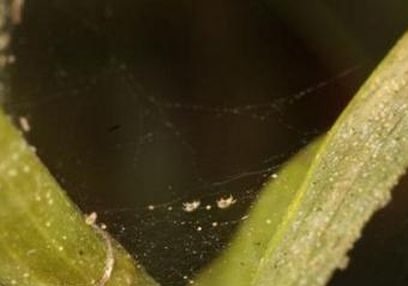
Insect control measures should be chosen depending on what signs of the presence of the spider are manifested. Inexperienced gardeners are too difficult to detect arthropods, especially not using optical instruments. A characteristic feature can be considered education:
- Cobwebs of silver or white color on the lower side of the leaves, which, when pressed, acquires a reddish hue and is converted into a liquid substance.
- Small white spots on the surface of the leaf plate, which are similar to many injections made with a thin needle, which leads to the death of affected tissues.
How to inspect a plant
The fight against spider mites on orchids begins with a thorough study of the flower to detect parasites. They look differently, and therefore it is worth exploring all their forms. Since it is almost impossible to consider a spider, you need to pay attention to such points:
- the accumulation of insects on the back of the foliage;
- sharp withering for no reason;
- the formation of large and white spots;
- white web throughout the plant;
- twisted and withered foliage.
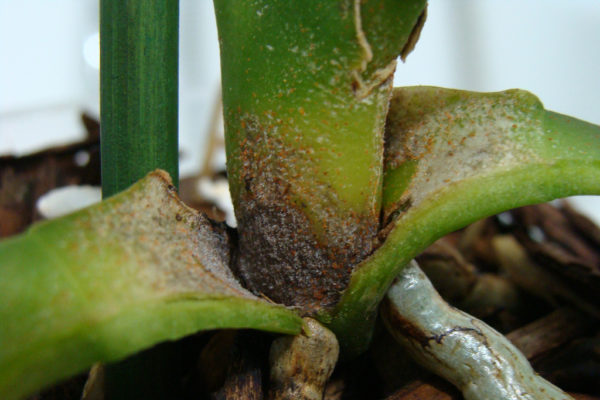
Do not confuse black and white spots, as the former are a sign of fungus and mold. Having eliminated the fungus, it is not worth considering that the problem has been solved, since the immune system is weakened and the colonies will begin to grow further. Parasites prefer young and succulent foliage, and therefore it is young plants that die.
Ways to get rid of a tick
Folk remedies are less dangerous for orchids, and therefore initially they are given preference. As a method, you can choose an infusion or decoction based on an insecticidal herb.
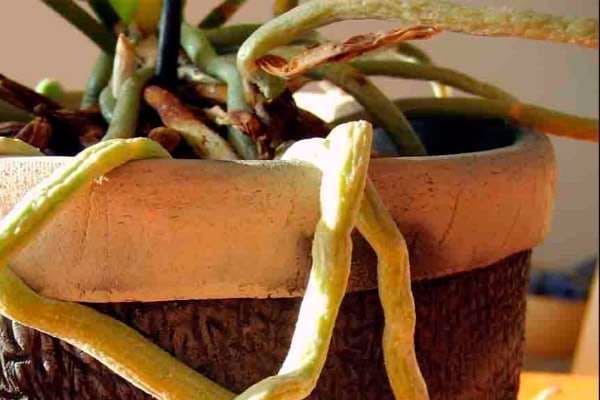 You may be interested in:
You may be interested in:Recipes:
- Cyclamen tuber. For cooking, you need to cut the material into several parts and boil it in boiling water for an hour. Leave the composition for a day for insisting, after which it is filtered. Treatment is carried out in the form of spraying from a spray every 5 days.
- Onion. 15 g of chopped onion or 6 g of its husk put in 1 liter of warm, preferably purified water. Insist to spend 7 hours, for which use a closed container.
- Dandelion root. 30 g of raw material cut into small pieces. They can be assembled independently or purchased at a pharmacy kiosk. Pour the prepared material with water in an amount of 1 liter.
- Garlic. As a basis, use 17 cloves, which are crushed in the garlic. The infusion is carried out for 5 days in 1 liter of water. The container should be dark in color with a tight lid. To prepare the solution, use 6 g per 1 liter. Spraying is carried out every 5 days.
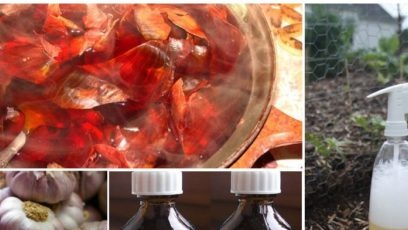
Many tools have been developed by which it is possible to achieve the prompt elimination of insects and their larvae.In an apartment environment, it is permissible to use gentle methods that are not able to harm a person, as well as pets. As a chem. means it is recommended to give preference to chem. drugs from the avermectin group in the form of:
- Actellica
- Phytoerma;
- Actophyta;
- Vermite.
If the air temperature indicator is + 30C, then treat the plant in 4 stages, and apply the preparations not only on the leaves, but also on the surface of the substrate, as well as on the windowsill, coasters, saucer and flowers next to them.

It is important to emphasize that the tick actively develops immunity to chemicals, you should not use the same tool for a long time. Squamous body can be removed by spraying with drugs in the form of:
- Fozalon;
- Ambushema
- Acrex
- Tsimbusha.
Preparations are previously diluted in such a concentration as 0.05-0.08%. It is quite difficult to remove the phalaenopsis tick, since it is able to hide in the most secret places, in the core, inside the buds and not only. The solution will not be able to get there, and therefore, the probability of processing the eggs and preventing their maturation is practically zero.
Orchid bloom during infection with a spider mite
Treatment measures should be carried out as carefully as possible in order to achieve high efficiency. The degree of damage that the parasite does to flowering depends on the number of individuals that are on the flower. When ticks are detected at the initial stage, it is sufficient to use gentle methods.
- Wipe the foliage with an alcohol solution.
- Treat the buds with a solution based on laundry soap.
- You can use a hot shower.
During the period of active flowering, if the plant is infected, then it is the abundance of insects that is plentifully treated. In general, they do not harm the blooming beauty, but inattentive attitude and the spread of pests becomes a factor leading to death. In this case, use only chemicals. Otherwise, the chemical will kill the orchid.
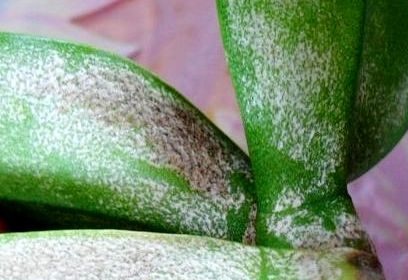
Scientists from the field of botany have proven that you can perform the destruction of the tick without harming the flowering period. For processing, it is better to use folk remedies that can stop the spread of the spider. If a colony is found when buds, flowers and a stem are affected, then the probability of achieving effectiveness is very small.
What to do if a web appears on flowers and buds
The presence of cobwebs on the surface of a bud or flower is a symptom that pests multiply without delay. At the initial stage of development, detecting small individuals is not easy, but because of this, the adoption of important priority measures is required. The infected plant must be isolated from the rest of the flowers. It is necessary to carry out:
- removal of flowers that have damage;
- removal of affected buds;
- cutting bulbs from the leaves on which pest colonies were found;
- removal of tweezers parasites, especially if they are located in the very core of the trunk.
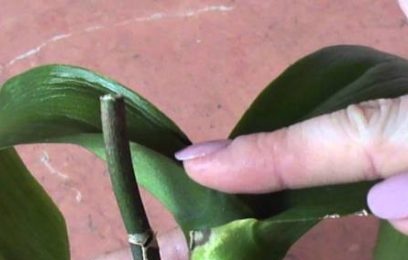
It is not advisable to touch the young shoots by doing a full pruning, as they contain a large amount of juice and nutrients. It is better to do superficial cleaning and removal of damaged parts.
It is advisable to do double washing with laundry soap, processing with insecticides and drying before planting.
Infection prevention
The spider mite infects an orchid quite often. For planting, you need to use only a proven and disinfected substrate. When purchasing new plants, they need to be quarantined for 2 weeks by installing in a separate room.
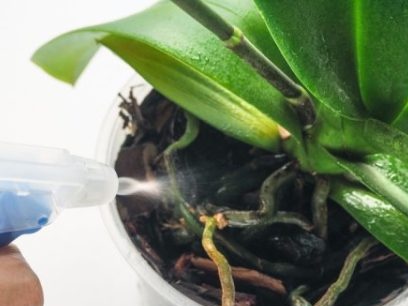
It is important to implement:
- regular inspection of the flower;
- rubbing stems and leaves with a disinfectant;
- watering, for which use warm water, which helps flush the larvae of the parasite and adults;
- regular soil inspection to prevent waterlogging or overdrying;
- timely removal of water droplets that remain inside the inflorescences after spraying;
- room humidification, since overdried air contributes to the active reproduction of pests;
- regular spraying.
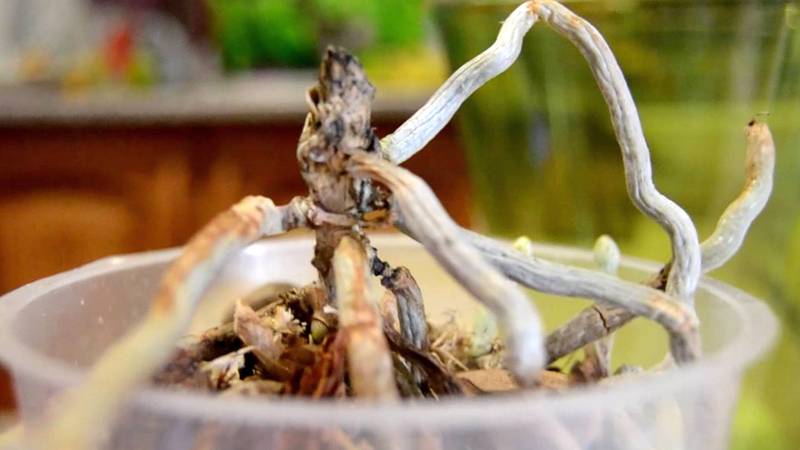 You may be interested in:
You may be interested in:A spider mite on an orchid is a serious problem, in the event of which it is necessary to immediately begin the fight to prevent the death of the flower. Many methods have been developed to help in this situation, but the choice of method must be done very carefully so as not to aggravate the condition of the plant.

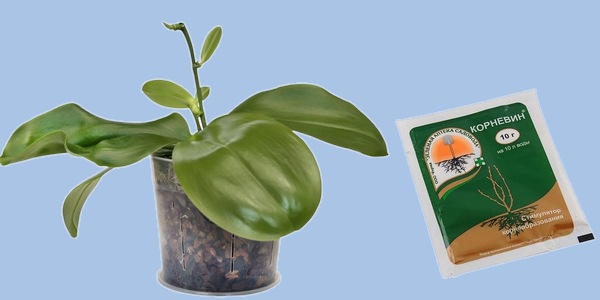
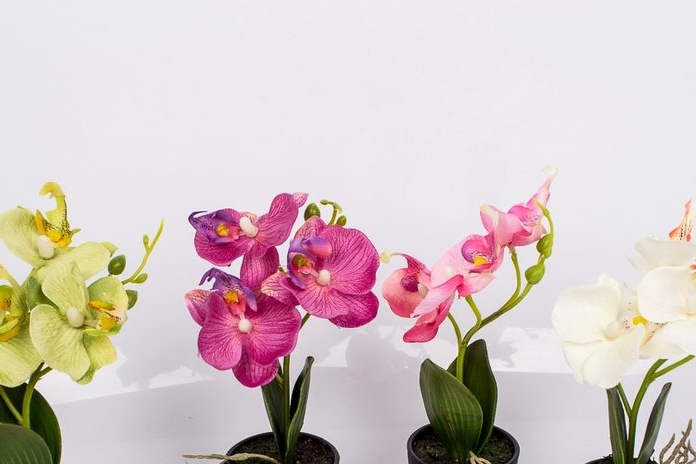
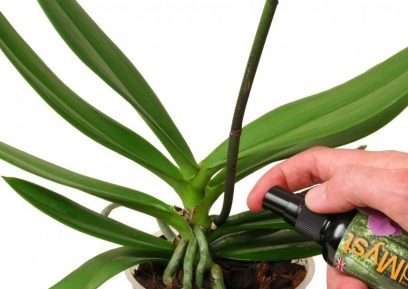
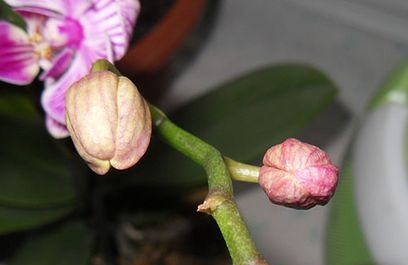 Reasons why orchids fall flowers and what to do
Reasons why orchids fall flowers and what to do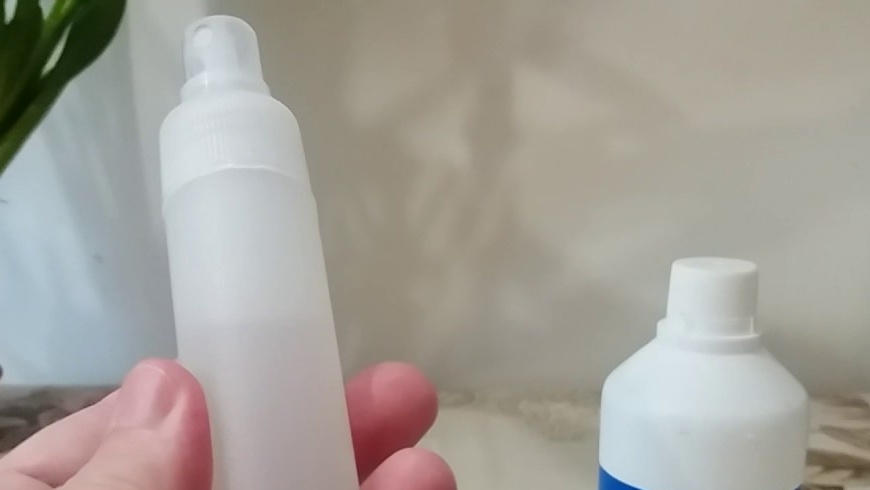 How to use hydrogen peroxide for orchids and why
How to use hydrogen peroxide for orchids and why Midges are wound up in the orchid: effective ways to get rid
Midges are wound up in the orchid: effective ways to get rid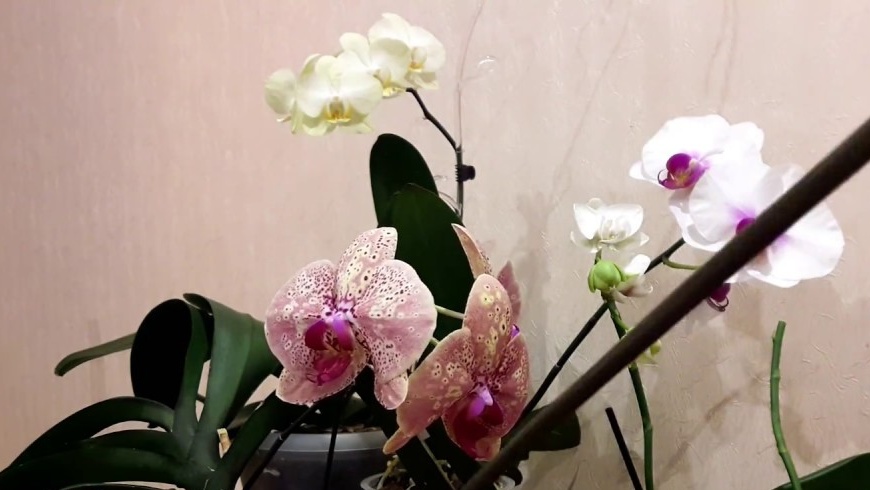 Is it possible to transplant an orchid during flowering
Is it possible to transplant an orchid during flowering